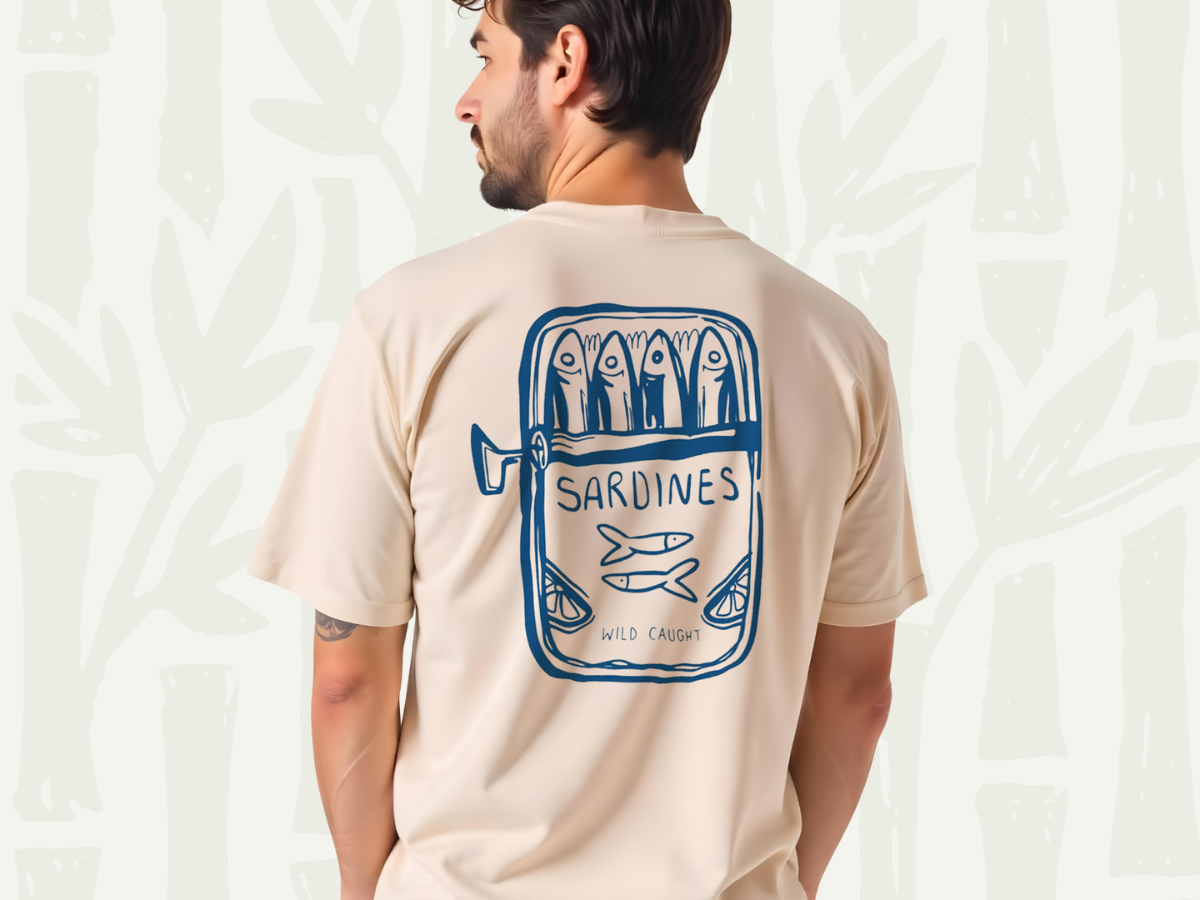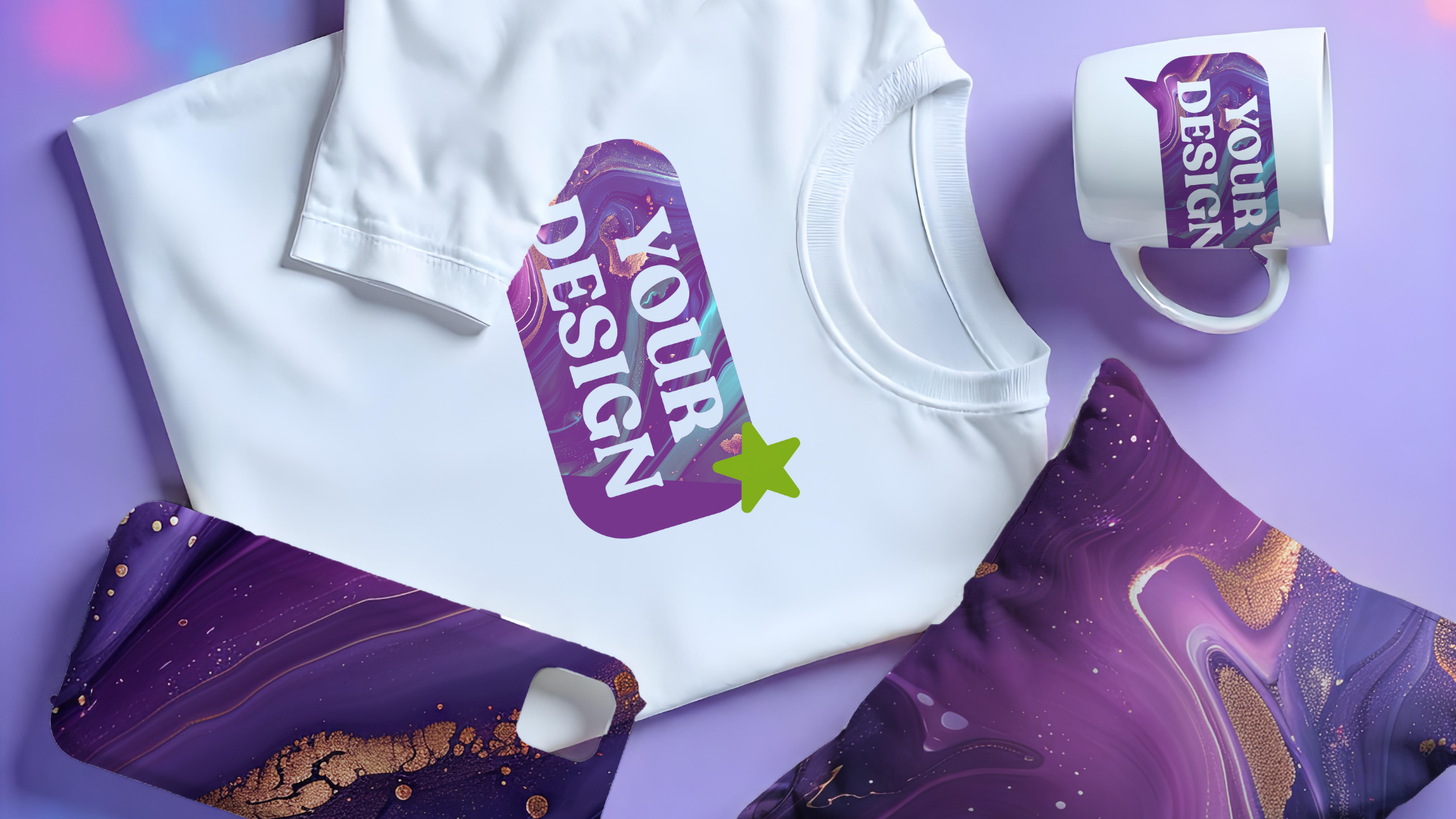
When you’re taking your first steps on e-commerce business, you may have an impression that everyone in the fields is speaking some secret, foreign language. It takes some time to became fluent in every new area. We know how overwhelming this may appear. That’s why we put together a small glossary of the 30 most important terms, that you’re going to encounter when you’re starting your online t-shirt business.
Affiliate Marketing
In different words, it’s a referral program. A business agreement, by which an online entrepreneur pays commission to an external user for traffic or sales, that is generated from its referrals links.
All Over Print (Full Print)
A print that covers the entire surface of a garment. In Snapwear you can print any graphic design on a range of fabrics and knitwear including all natural fiber fabrics. See the video about our AOP technology
API
Application Programming Interface. In the most simple words – it’s an intermediary software, that allows two applications to communicate with one another. Application Programming Interfaces allow creating interactions between different applications. For example: we use API to integrate your store with Snapwear
Branding
Branding is the process of creating an individual identity for your business in the mind of your customers. Branding is made up of a company’s logo, visual design, mission, and tone of voice. In Print-On-demand, selling white-label products branded with your company logo helps to increase brand awareness and build customer loyalty. In Snapwear you can add your custom labels and printed tags to your products. Read more
CMYK
CMYK is a color palette most commonly used in printing, consisting of colors created by blending in various proportions these four inks: Cyan, Purple, Yellow and Black (Key). In Print-on-Demand, it’s recommended to create your designs in CMYK to make sure that the colors that you see on your screen will match with the final effect. If your artwork contains transparency, you must save them in PNG that are only in RGB color space. In that case, you should prepare your files in CMYK and then convert them to an RGB color profile and save as PNG.
Combed Cotton
Combed cotton is a stronger, softer, more absorbent and compact version of regular cotton. It’s made by removing the shorter fibers, before they are spun into yarn. It’s more expensive and superior to regular cotton.
Cut & Sew
A production technique where your design is first printed onto a fabric roll, which is next cut into the product shape and sewn into the final product. In Snapwear we’ve implemented an innovative print & cut system supported by our experienced sewing teams, and thanks to this, we can provide you with truly custom all over print products of the highest quality at competitive prices.
DPI
Dots per inch. It is a measure of the resolution of a printed design. The higher the dot density, the higher the resolution of the print. In your Print-On-Demand designs, you should use at least 150 DPI (the higher resolution the better)
Dropshipping
Drop-shipping is a logistics model in which a third-party company, fulfills, and ships your orders directly to your customers on your behalf.
DTG
Direct-to-garment printing. It is a most common printing method in Print-On-Demand. It’s similar to printing on a piece of paper, but we print directly on the t-shirt. Furthermore, it’s cost-efficient for one-off orders for its short preparation time. It provides you with a bright, vibrant and detailed designs, but it has a restricted print area. In Snapwear we use DTG eco-friendly technology of Kornit Digital. Other limitations of this method are the high costs for large-scale procurement. There is also a possibility of slight differences in colors between textiles of the same series. Differences may appear when you try to put the same design on other types of fabrics (differing in terms of absorbency and composition).
Ecommerce platform
The platform like Shopify, Presta, Woocommerce – on which you can set up your own, unique online store.
Fabric weight
A garment’s mass, measured in grams per square meter (ounces per square yard or) The higher the fabric weight, the thicker the garment is.
Fit
Common fits at the white-labels producers are:
Euro fit: tapered body with slimmer sleeves and shorter length
Slim fit: tighter than the regular shirt
Relaxed/loose fit: looser than the regular shirt, more oversized
Regular fit: an average medium that’s neither too loose nor too tight
GOTS Certification
Guarantees of organic origin of the product, as well as environmentally and socially responsible processing. GOTS certification covers the entire organic supply chain, from harvesting to manufacturing and trading, delivering credible assurance to the consumers.
Integration
The connection between Snapwear and your online store, that enable you to create mockups, publish them directly at your website and manage your orders.
Mockup generator
The Mockup Generator is a tool where you can upload your designs and create your mockups on the base of our products. Then, you can publish your designs directly in your store
Niche
Markets suitable for companies that rely on the print on demand business model. Your narrowed down, specified target audience.
Oeko-tex Certification
Products signed with the Standard 100 label have been tested and proven free of harmful levels of toxic substances.
Online marketplace
Websites where you can sell your products. It’s different from an ecommerce platform, as you don’t have your dedicated store for yourself. You can’t create this unique customer experience, but you can reach a wider audience. Marketplace examples are Etsy, eBay, Amazon.
Organic Cotton
Natural cotton, cultivated without the use of any synthetic agricultural chemicals such as fertilizers or pesticides or transgenic technology. Organic cotton allows the skin to breathe, absorbs moisture and has thermoregulatory properties. It’s more durable than regular cotton.
Polyester
Polyester is a man-made fiber, synthesized from petroleum-based products. It’s Light and stretchy. Polyester has a very low water absorption. For this reason, it is often used in sports clothes. 100% recyclable. Polyester admixtures added to natural fibers can significantly improve the properties of clothes and eliminate many of their disadvantages.
Print-on-Demand
Print on demand is a business model that is perfect for those entrepreneurs, who want to start their own clothing business but don’t want to spend a lot of money upfront on inventory. In this order fulfillment method, products are printed after the order is made, without order minimums. You customize blank products and sell them under your own brand.
RGB
RGB (Red Green Blue) belongs to one of the color space models. This model consists of three colors – red (RED), green (GREEN) and blue (BLUE). It is related to the properties of the human eye, which is responsible for receiving light beams. Thanks to these properties, the eye is able to perceive any color, thanks to mixing these three light beams in appropriate proportions. RGB are the colors you see on your monitor as you design. To accomplish an exact match between your design and print, make sure your screen is calibrated and use a CMYK palette while creating. Next you should convert it to RGB and save as PNG.
Ring-spun cotton
Ring-spun cotton is made by twisting the cotton strands to make a rope of cotton fibers. Shirts made of ring spun cotton are generally more durable than shirts made of other types of cotton. Combed cotton has the shorter fibers removed to make the yarn stronger, softer, and more compact.
SEO
Search engine optimization – process of improving your online store ranking on the search engine, resulting in more sales. It is based on analyzing and using the right keywords, relevant to your specific offer. See how to write copy for your t-shirt business here
Screen Printing
A printing method that consist of pressing ink through a woven mesh screen onto fabric to create a printed design. Each color of ink requires a customized screen, so this method is less sustainable and cost-efficient only for bulk orders with limited colors. It’s more durable than DTG. Screen printing can be used on a variety of different print surfaces, including glass, wood, textiles, electronics and more.
Sublimation Printing
This is commonly referred to as “all-over printing.” Your design is printed on paper with dye ink and then transferred directly onto the product with heat. Sublimation lets you cover the entire product with your design, as opposed to DTG, which has a smaller print area.
Sustainable fashion
Fashion that actively limits or eliminates its negative impact on the lives of people, animals and the planet. Check how we integrate sustainability into our know-how.
White label
A white-label product is a product, produced by one company, that other companies can rebrand to make it appear as their own. In Print on Demand, you choose product, customize with your design and label and sell it under your own brand.


